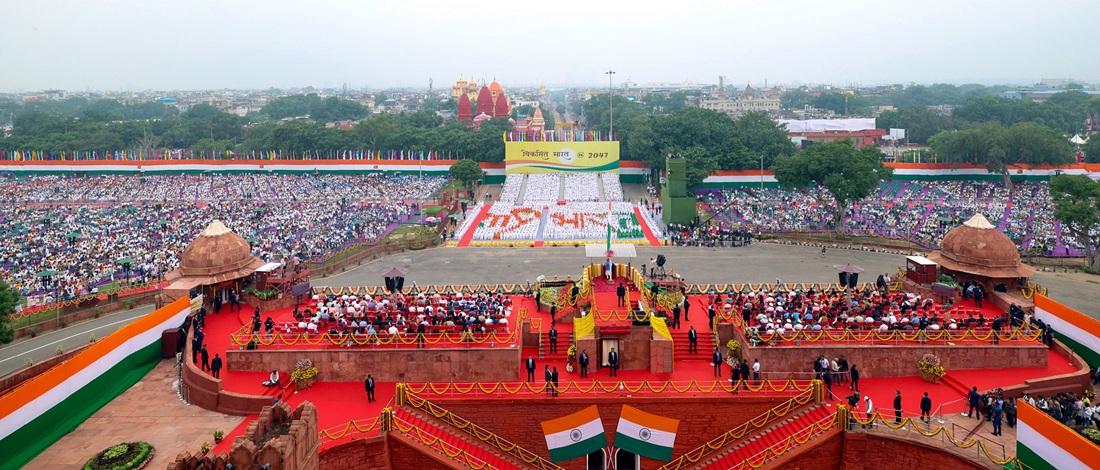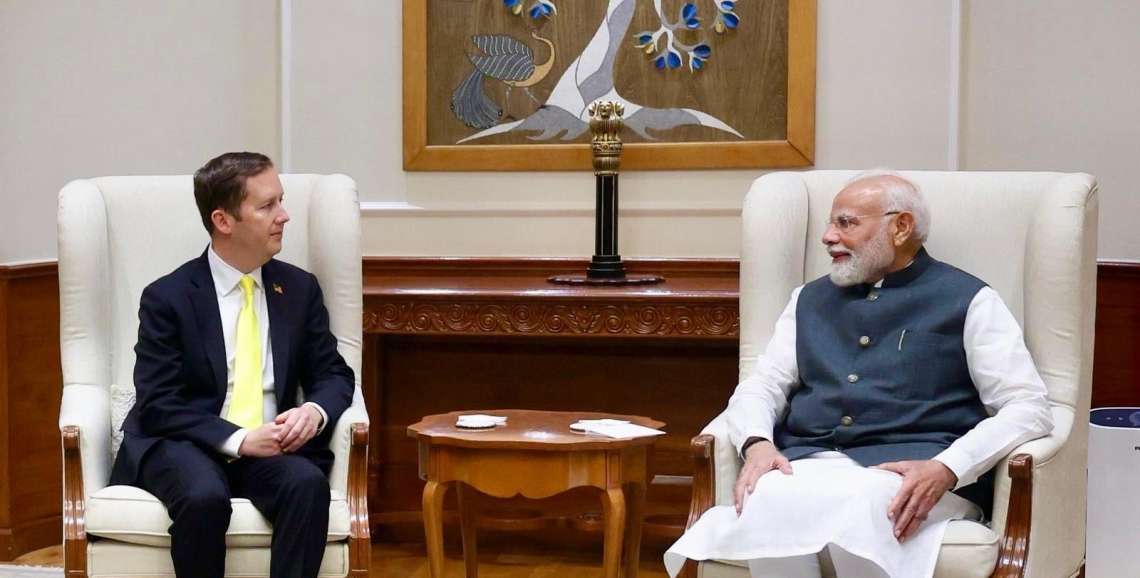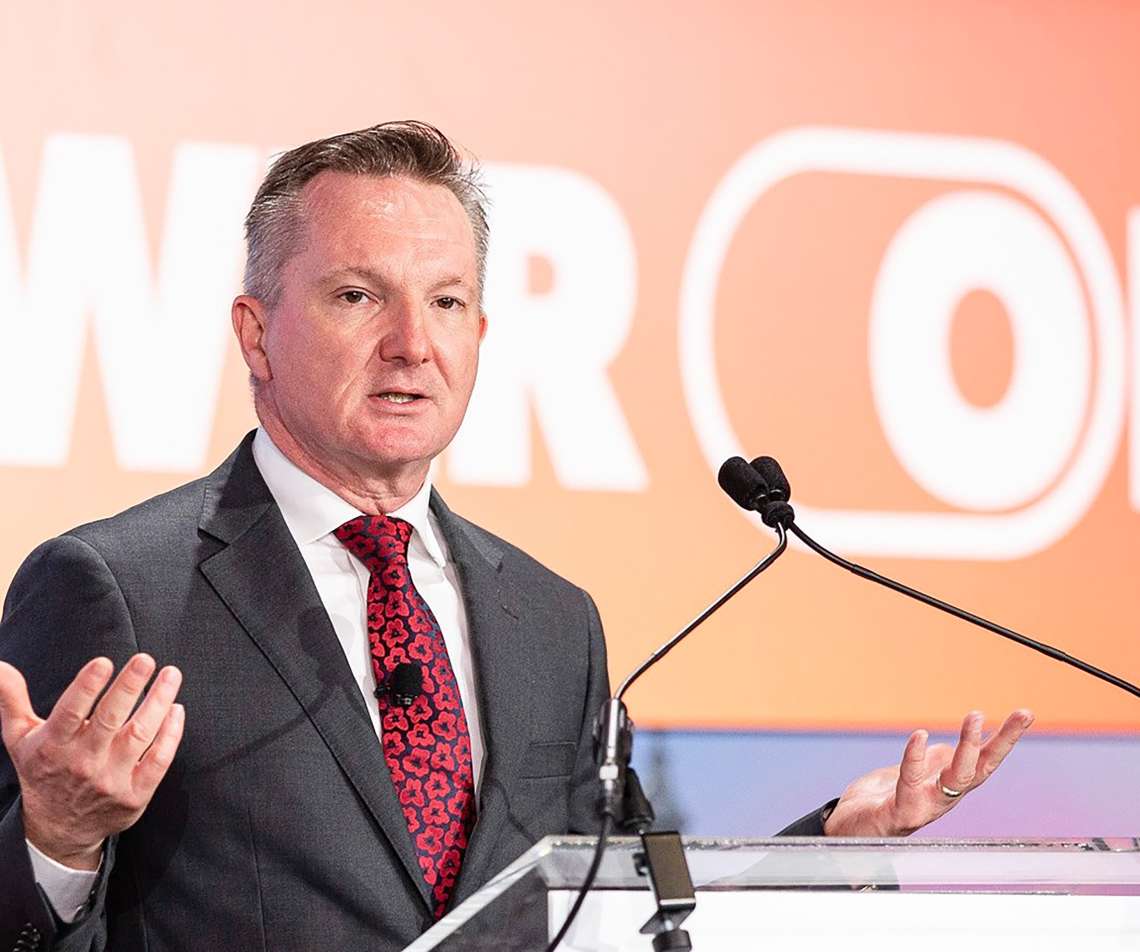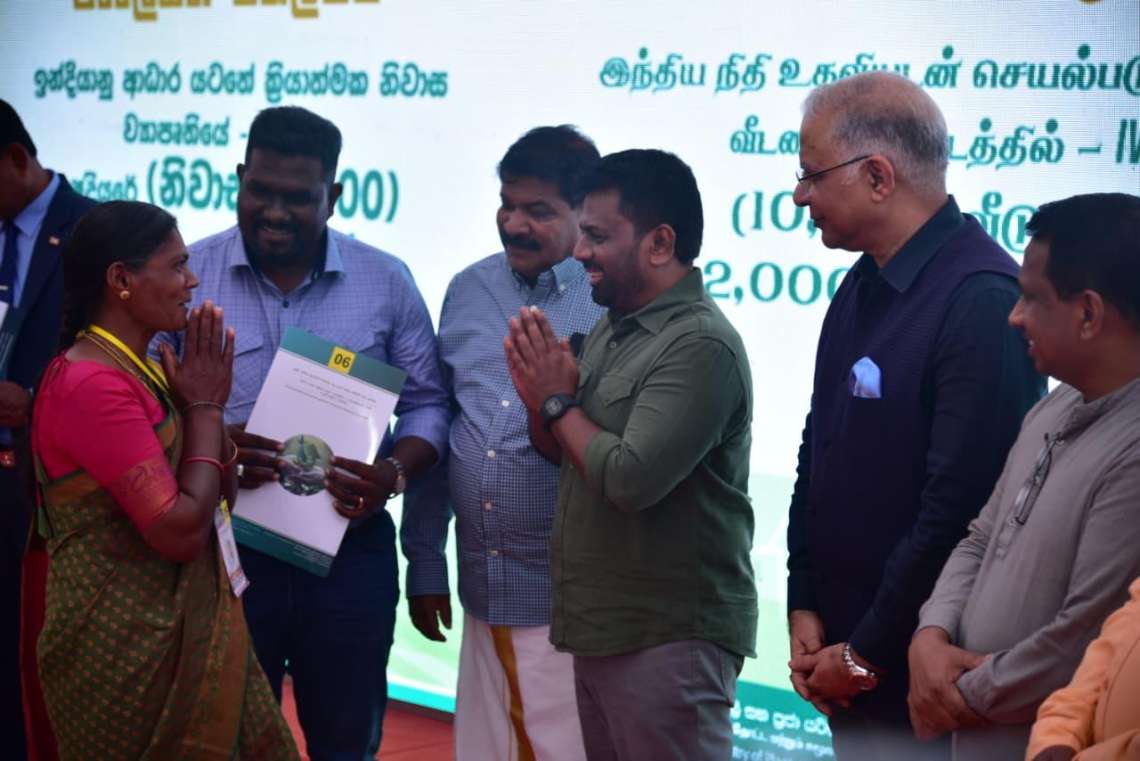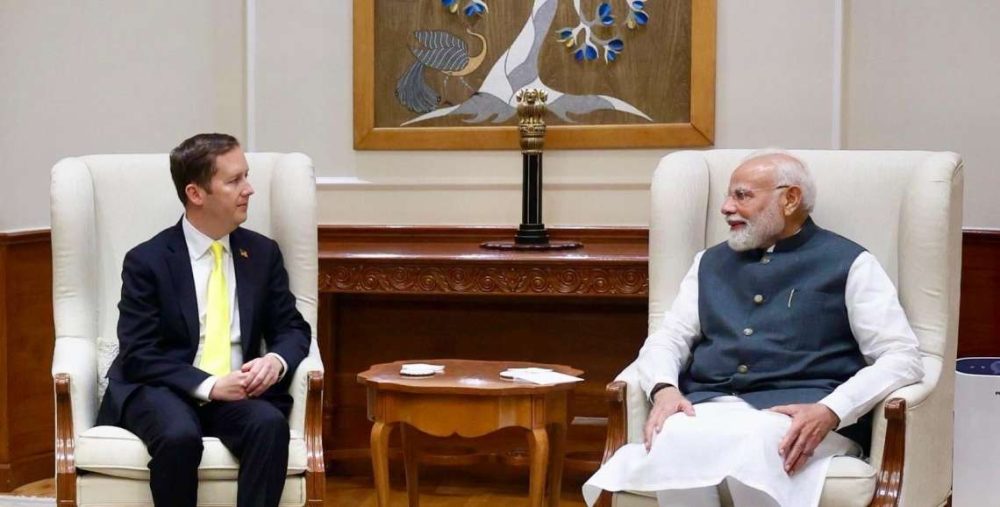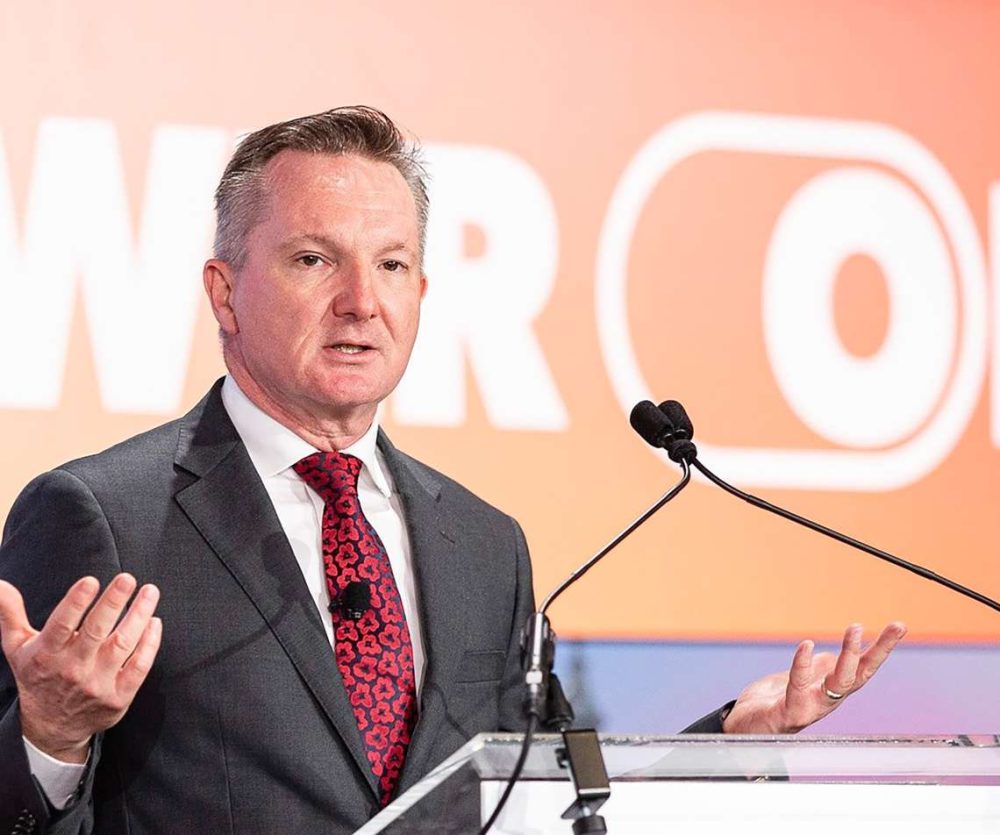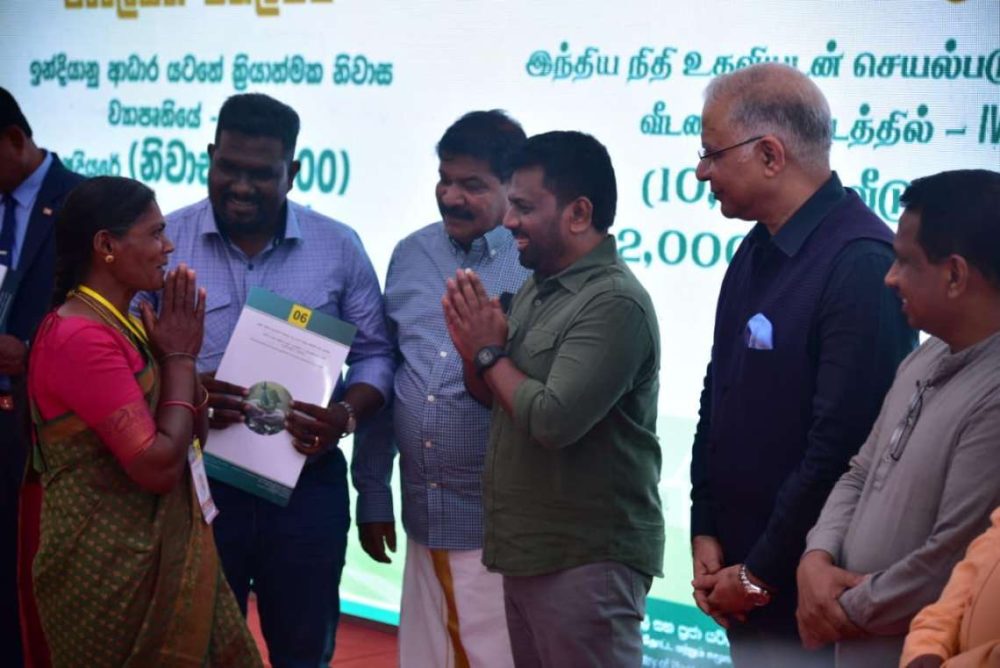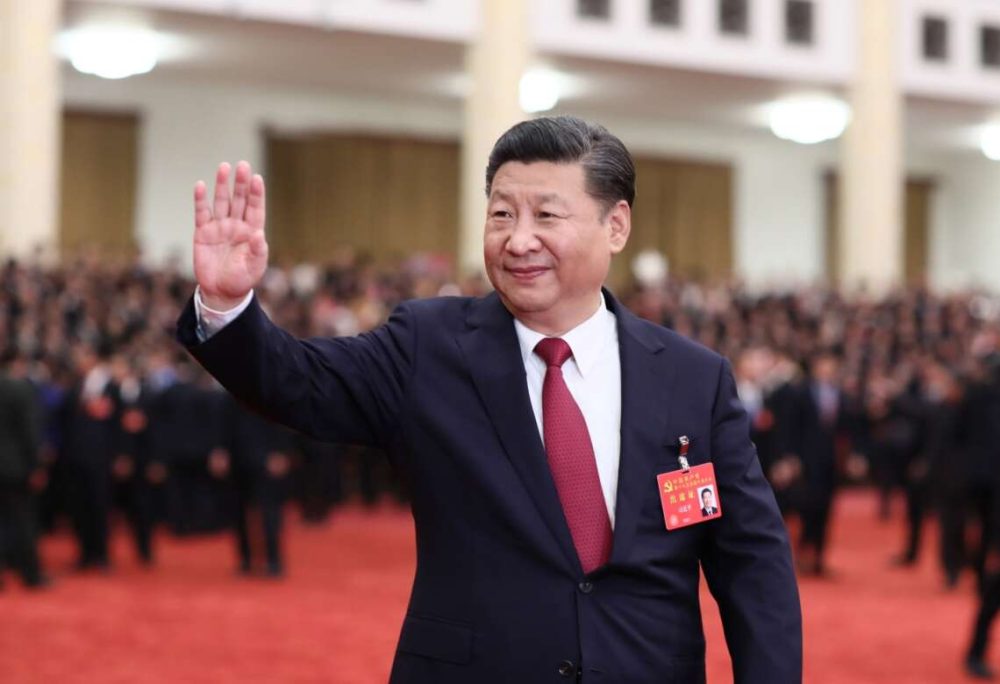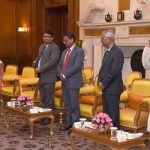India is strengthening its global economic presence through strategic trade partnerships. The Comprehensive Economic Partnership Agreement (CEPA) with the United Arab Emirates has opened doors for enhanced bilateral trade and investment … writes Rafeek Ravuther
On August 15, India celebrates its 79th Independence Day, a moment of national pride and global significance. From its birth as a free nation in 1947 to its present status as one of the fastest-growing major economies, India’s journey has been one of resilience, innovation, and ambition. Today, it stands as the world’s largest democracy, the largest middle-class market, and a key player shaping the future of the global economy and geopolitics.
India’s democratic foundation is unparalleled in scale. With over 1.4 billion citizens, it conducts elections that involve hundreds of millions of voters, thousands of political parties, and a free press that thrives on spirited debate. This democratic structure has allowed India to navigate the challenges of diversity — of language, religion, ethnicity, and culture — while maintaining unity. The peaceful transfer of power through elections has become a hallmark of its political maturity, making India a beacon for democratic values in an uncertain world.
Prime Minister Narendra Modi has set a clear target: to make India a $5 trillion economy in the coming years. This ambition is backed by rapid GDP growth, robust domestic demand, and a thriving services sector. India’s middle class — already the largest in the world — is expected to grow further, boosting consumption and creating immense opportunities for both domestic entrepreneurs and foreign investors.
India is strengthening its global economic presence through strategic trade partnerships. The Comprehensive Economic Partnership Agreement (CEPA) with the United Arab Emirates has opened doors for enhanced bilateral trade and investment. Similarly, progress on a Free Trade Agreement (FTA) with the United Kingdom signals India’s intent to deepen ties with key markets, positioning itself as an indispensable economic partner in the post-pandemic world order.
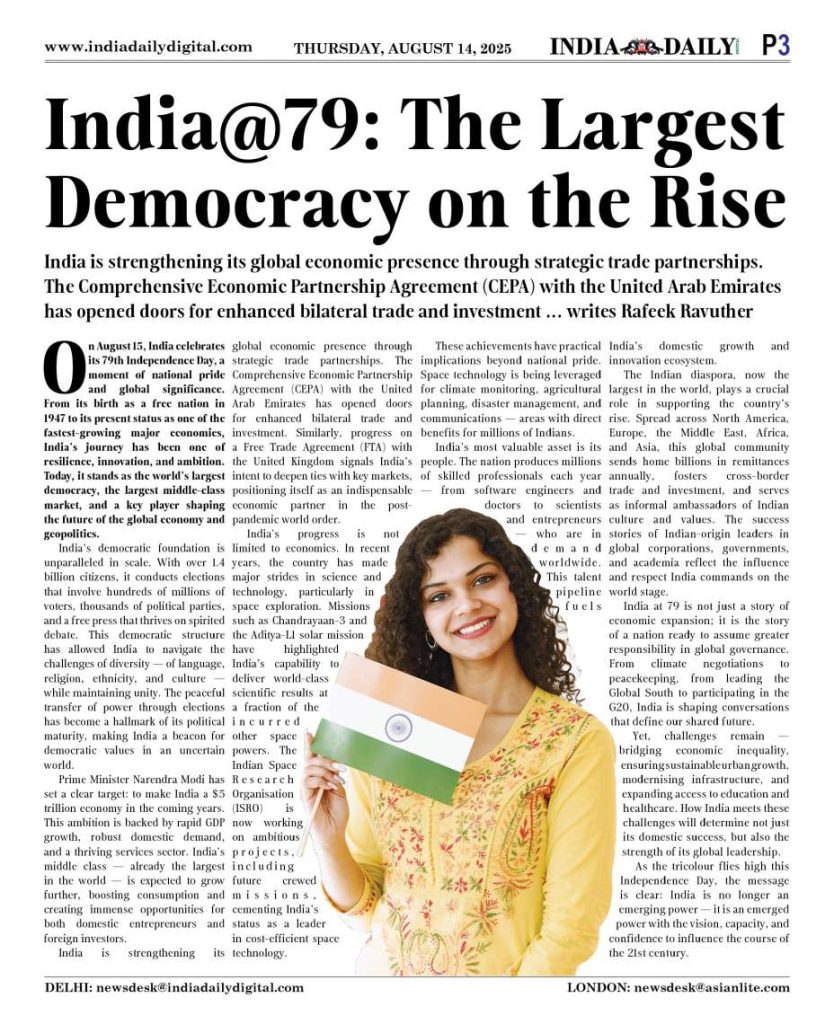
India’s progress is not limited to economics. In recent years, the country has made major strides in science and technology, particularly in space exploration. Missions such as Chandrayaan-3 and the Aditya-L1 solar mission have highlighted India’s capability to deliver world-class scientific results at a fraction of the cost incurred by other space powers. The Indian Space Research Organisation (ISRO) is now working on ambitious projects, including future crewed missions, cementing India’s status as a leader in cost-efficient space technology.
These achievements have practical implications beyond national pride. Space technology is being leveraged for climate monitoring, agricultural planning, disaster management, and communications — areas with direct benefits for millions of Indians.
India’s most valuable asset is its people. The nation produces millions of skilled professionals each year — from software engineers and doctors to scientists and entrepreneurs — who are in demand worldwide. This talent pipeline fuels India’s domestic growth and innovation ecosystem.
The Indian diaspora, now the largest in the world, plays a crucial role in supporting the country’s rise. Spread across North America, Europe, the Middle East, Africa, and Asia, this global community sends home billions in remittances annually, fosters cross-border trade and investment, and serves as informal ambassadors of Indian culture and values. The success stories of Indian-origin leaders in global corporations, governments, and academia reflect the influence and respect India commands on the world stage.
India at 79 is not just a story of economic expansion; it is the story of a nation ready to assume greater responsibility in global governance. From climate negotiations to peacekeeping, from leading the Global South to participating in the G20, India is shaping conversations that define our shared future.
Yet, challenges remain — bridging economic inequality, ensuring sustainable urban growth, modernising infrastructure, and expanding access to education and healthcare. How India meets these challenges will determine not just its domestic success, but also the strength of its global leadership.
As the tricolour flies high this Independence Day, the message is clear: India is no longer an emerging power — it is an emerged power with the vision, capacity, and confidence to influence the course of the 21st century.


